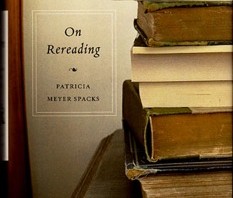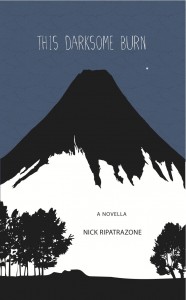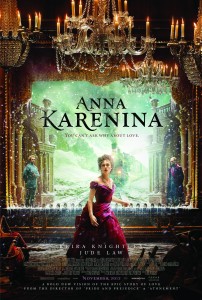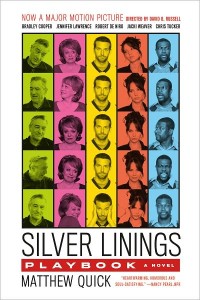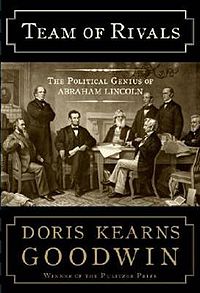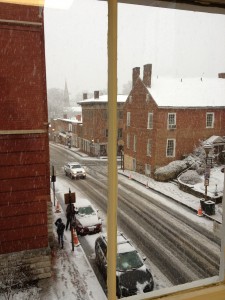I am what you might call a rereader. That’s right, I said it. I am a chronic rereader. The books that I like, I read again. The books that I love, I read again and again and again. I first read Jane Austen’s Pride and Prejudice at the tender age of thirteen, and I honestly cannot tell you how many times I have witnessed Darcy and Elizabeth find romance since that fateful first reading. But don’t think that Austen’s are the only novels that I return to for second helpings. I was the kid who reread all of the previous Harry Potter books before the release of a new one. (I also did it before each movie came out in theaters…) I reread books that were required in high school, hoping I would get something more from them outside of a classroom full of less-than-enthusiastic students. Basically, unless I hate it (and let’s be honest, I even reread books that I hated the first time around), chances are I’m going to read it again at some point in my life.
They say that admitting you have a problem is the first step, but is rereading really a problem? Yes, I know what’s going to happen. Yes, I’ve already experienced the delights and dilemmas of the main character. Yes, life is short, and the canon is large. But I have found that I personally get just as wrapped up in the characters’ lives a second time around as I did the first. For instance, no matter how many times I read J.R.R. Tolkein’s The Fellowship of the Ring, my heart jumps at the first mention of Tom Bombadil because it means the hobbits are finally out of the Shire, and Tolkein’s extensive background information can give way to the actual journey through Middle-earth. Even though I know the moment is coming, it doesn’t stop my physiological reaction to the author’s words.
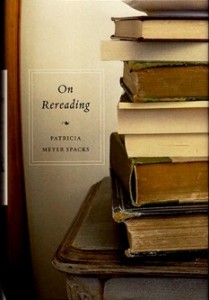 In a different way, it amazes me how much more I comprehend upon rereading a novel. Whether due to a difference in age, experience, or simply my specific state of mind while reading, I always pick up on different things: a character’s tone of voice, a detail that I missed, nuances of the author’s language. Perhaps this ability to rediscover literature in a new way is the reason that so many of us return to the same books over and over again. I actually just read about a recently published book that chronicles a retired teacher’s year-long project of rereading dozens of different books. Entitled On Rereading, Patricia Meyer Spacks details her impressions from rereading books from childhood, books she frequently rereads, books she hasn’t touched since adolescence, and books she taught in the classroom, among others. Throughout the book, she attempts to answer a number of interesting questions regarding why people reread at all. An avid rereader myself, I definitely plan to check it out!
In a different way, it amazes me how much more I comprehend upon rereading a novel. Whether due to a difference in age, experience, or simply my specific state of mind while reading, I always pick up on different things: a character’s tone of voice, a detail that I missed, nuances of the author’s language. Perhaps this ability to rediscover literature in a new way is the reason that so many of us return to the same books over and over again. I actually just read about a recently published book that chronicles a retired teacher’s year-long project of rereading dozens of different books. Entitled On Rereading, Patricia Meyer Spacks details her impressions from rereading books from childhood, books she frequently rereads, books she hasn’t touched since adolescence, and books she taught in the classroom, among others. Throughout the book, she attempts to answer a number of interesting questions regarding why people reread at all. An avid rereader myself, I definitely plan to check it out!
So what do you think about the concept of rereading? Are you among the ones who don’t quite see the point? Do you belong to the camp that would consider it a bad habit and nothing more? Or do you find yourself going back to the same worn, dog-eared book on your shelf to sink into a familiar setting with characters that you already know and love? For the umpteenth time, I’ll be spending the holidays at Pemberley. What about you?

